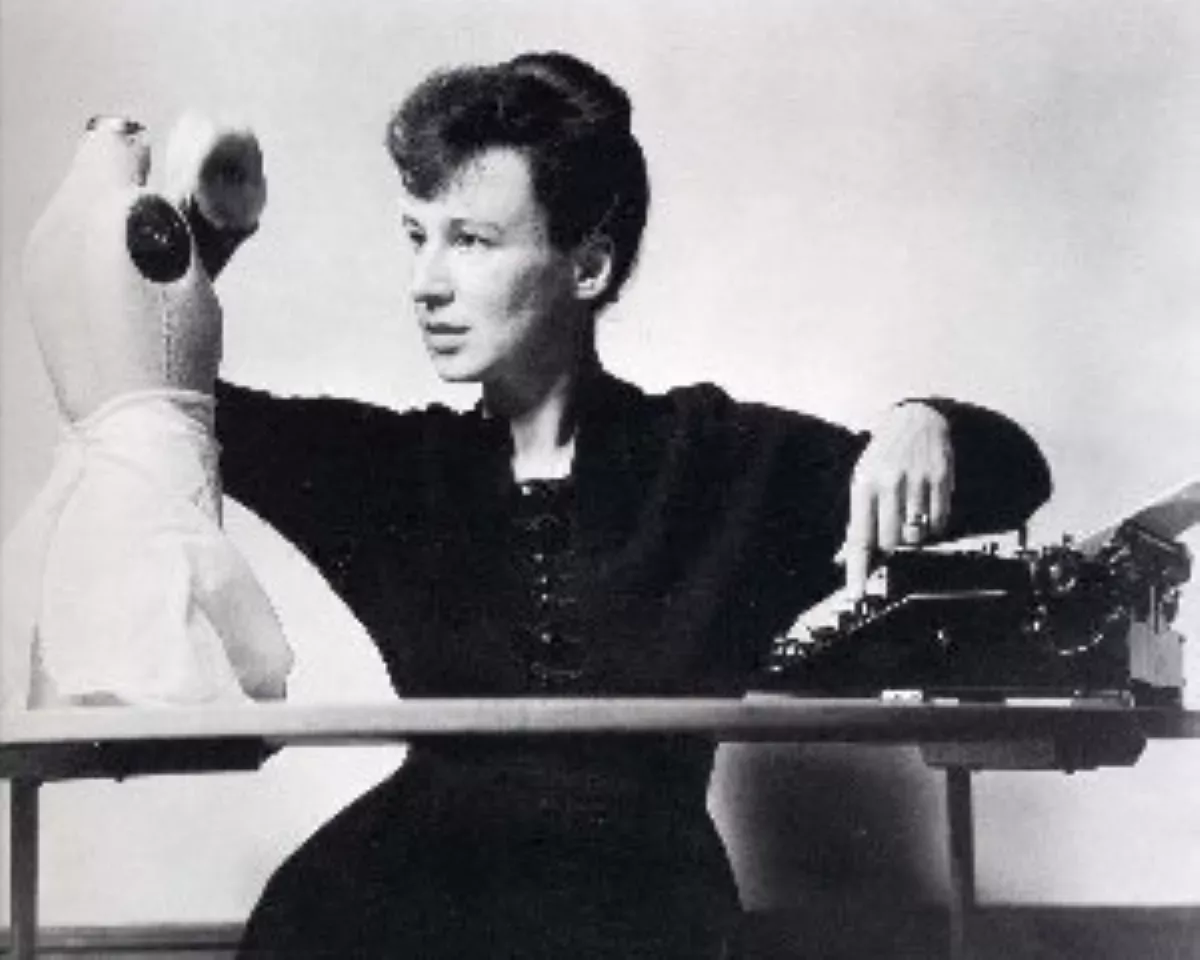 1.
1. Elizabeth Hawes was an American clothing designer, outspoken critic of the fashion industry, and champion of ready to wear and people's right to have the clothes they desired, rather than the clothes dictated to be fashionable, an idea encapsulated in her book Fashion Is Spinach, published in 1938.